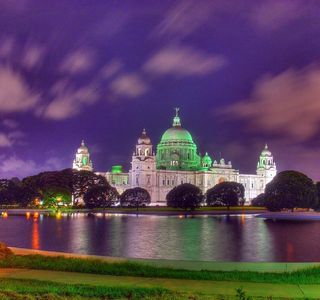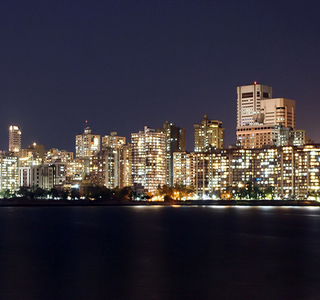HTCC India
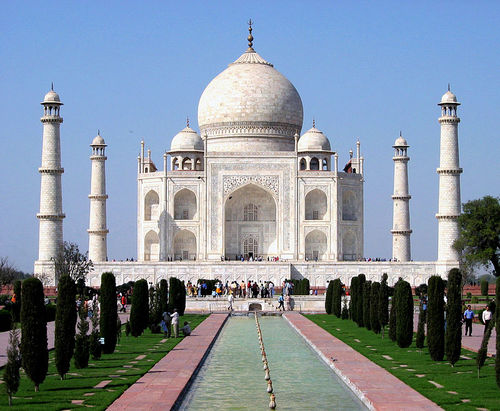
USEFUL INFORMATION
Form of state: federal republic
President of the Republic: Pranab Kumár Mukhardzsi
Independence: August 15, 1947 (from the United Kingdom)
Area: 3 287 263 km²
Population: 1 263 200 000 people
Population density: 335.7 people / km²
Language: official language: Hindi, English; Other spoken languages: altogether 1652 languages
Religion: Hindu 80.5%, Muslim 13.7%, Christian 2.3%
Capital: Delhi
Gross Domestic Product (PPP): USD 771 951 million, per capita: USD 1 489
Currency: Indian Rupee (INR) - 1 INR = 4,23 HUF
India, officially the Republic of India is a South Asian Independent country, geographically the seventh largest and second most populous country in the world. The coasts of the 28 states and 7 federal territories are swarmed from the south by the Indian Ocean, from west the Arabian Sea, from east by the Gulf of Bengal. The length of its beach is total 7517 kilometers. The country is bordered by Pakistan from west, by China, Nepal and Bhutan from north-east, from east Bangladesh and Myanmar (formerly Burma). The country is also neighboring Sri Lanka, the Maldives and Indonesia.
India is often referred as a subcontinent. Thanks for its long history, India is outstandingly rich of diverse cultural values. The initial Indus Valley civilization, followed by important trade routes and ancient Indian empires in the past played an important role in the scientific, cultural and commercial uplift of the subcontinent. The great medieval rise and fall was closed by the appearance of the British East India Society in the 18th century and during the upcoming century Great Britain has colonized the whole subcontinent. With India's Independence Movement, India became an independent country in 1947; The modern Indian formation began with the name of Mahátma Gandhi. Nowadays India by many aspects has reached outstanding results. According to the Gross Domestic Product (GDP) statistics, India is the twelfth largest economy in the world, accounting for purchasing power is the fourth. The reforms of the last decade have made India the second fastest growing economy in the world.
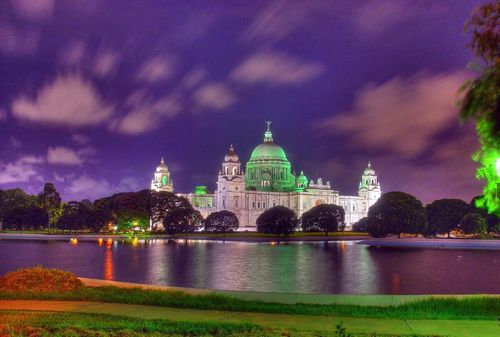
ECONOMY
In 2012, 49% of the population worked in agriculture sector, 20% in industry, 31% in services. The 30% of the population (in 2010) is living 30% below the poverty limit. GDP (real) growth rate: 5.6% (2014 estimate), 5% (in 2013). GDP composition (2014): agriculture: 17.9%, industry: 24.2%, services: 57.9%. The growth rate of industrial production in 2014 is 3.8%. The main industries are: energy, agriculture, manufacturing industry, commerce, ICT. Major industries in 2014: textile, chemical, food processing, steel industry, cement industry, mining, petroleum, machine manufacturing, software, pharmaceuticals. The growth rate of industrial production is 3.8% (in 2014).
India's economic structure began to change in the early 90’s, which is came by the outstanding growth rate of nearly 6% due to the growing foreign direct investments in the country. The most important factors of this success are the huge market and the cheap, but very well-trained, creative workforce. Another factor is the constantly growing export, with its 12% annual increase year to year. These numbers are promotes the export-oriented economic policy of India. The high quality manufacturing industry and the service sector are the leading industries. Export products: software, textiles, gems and jewels, technical products, chemical products, leather products, iron. Import products: petroleum, natural gas, technical equipment and components, fertilizers, chemical products, industrial products.
NATURE
Due to its large size and diverse lands, its history of geology, India has an unique wildlife. Especially among reptile and amphibian species there are many endemic species. The first national park was established in 1935, since then the number of national parks and reservoirs is constantly expanding. Today, the number of reservoirs exceeds five hundred.
The following areas are listed on the UNESCO World Heritage List because of their natural values:
• Kaziranga National Park
• Manasque Wildlife Reserve
• Keoladeo National Park
• Flooded National Park
• Nanda Devi National Park and the Valley of Flowers National Park
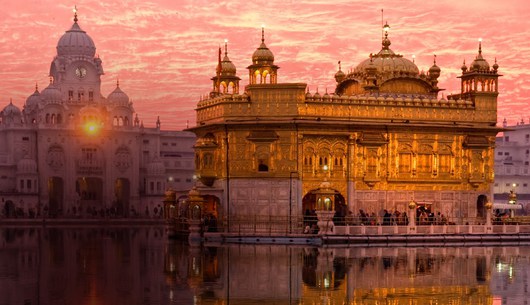
TOURISM
For many tourists visiting India, the country has many challenges. Travelers should count on frequent delays, expensive and inadequate accommodations. The infrastructure is underdeveloped in many places. In large cities the noise level can be very high or even 150% safe. There is chaos in traffic, roads and public transport are overcrowded, air pollution is high in many places. Orientation is difficult because there are only a few signs in the streets. Public sanitation is drastic in Europe.
FAMOUS TOURIST POINTS
Indian culture
Delhi: Kutub Minar Tower and Complex, Ghana Raja, Red Fort (Delhi), Jama Masjid, Humai Emperor's Tomb
Agra: Taj Mahal, Red Fort (Agra)
Fatehpur Síkri: The former capital of the Mogul Empire
Dzsaipur: Pink City, Dzsohari Bazaar, Wind Palace, Amber Palace
Towns and fortresses of Rajasthan,
The Jonah temples are exceptionally beautiful (Dzsaipur, Ábú Hill, Pálítáná, Ranakpur, Pattadak, Bádámi, Aihole, Sravánabélaga, Tiruvannámalaj, etc.)
Varanasi
Khajurah, Hampi, Ellora and Adzsanta Cave Churches, the Power Tower of Mándu
Goa and the Malabar coast, Ó-Goa
Kerala lagoons
Madurai: Mínáksí nátakam, Thousand Pillar Hall, The Palace of the Towers of Tirumala
Sarnath - The Buddha's Enlightenment Venue
World Heritage Sites of India

